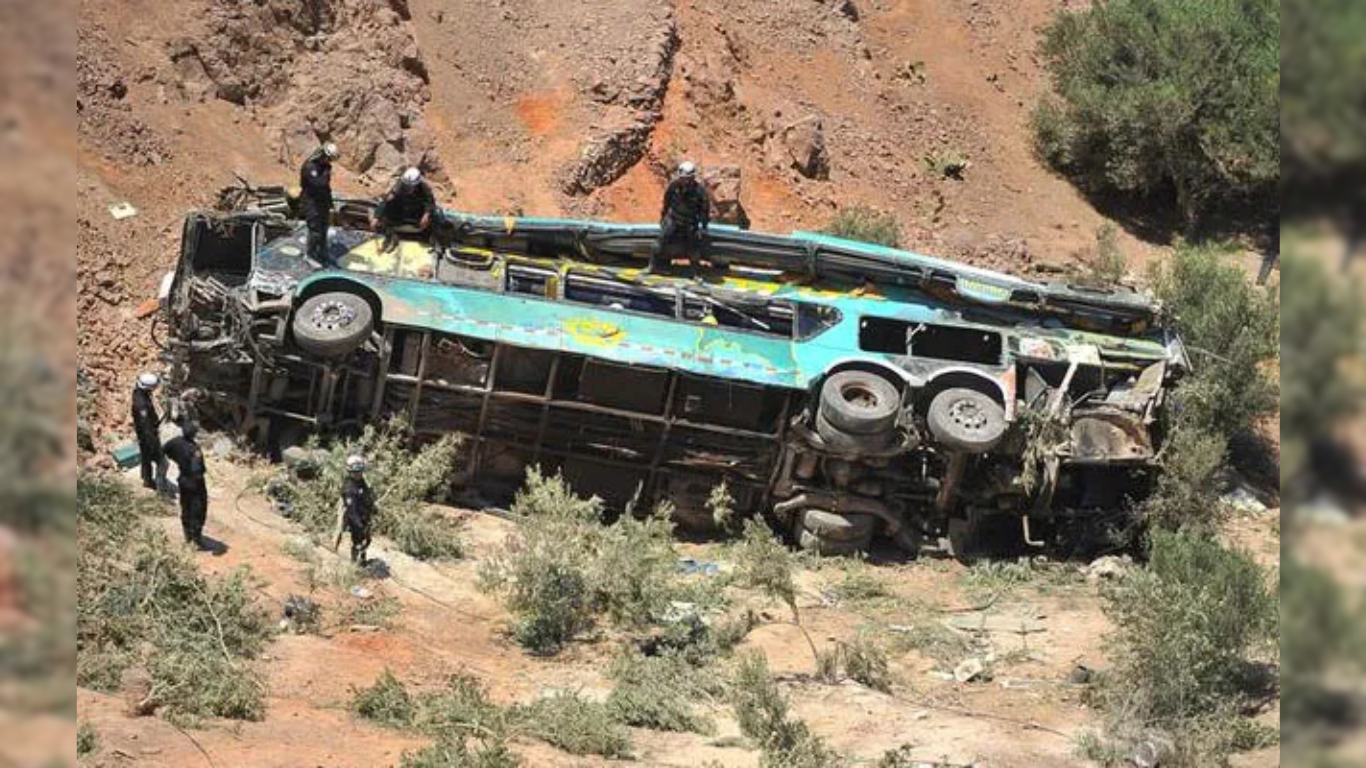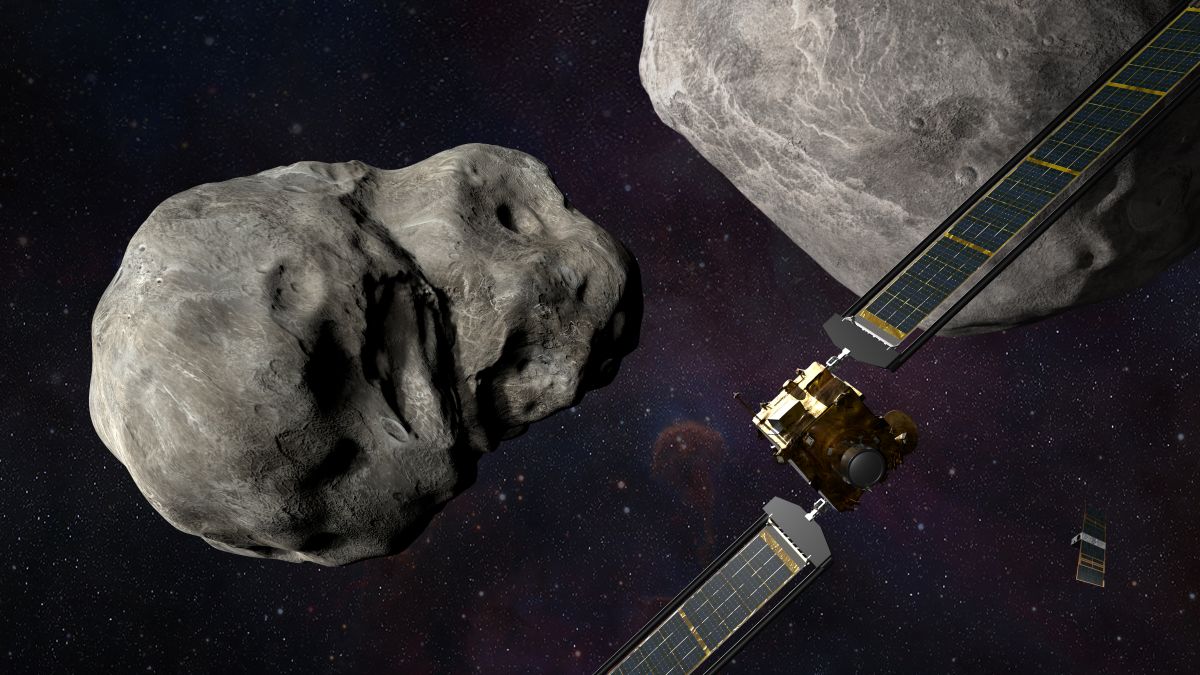










In its first effort to move an asteroid in space, NASA’s Double Asteroid Redirection Test (DART), the first planetary defence technology demonstration in history, successfully struck its asteroid target on Monday.
“IMPACT SUCCESS! Watch the asteroid Dimorphos successfully crash with the spacecraft #DARTMIssion’s DRACO Camera as it is the size of a football stadium and presents no threat to Earth “NASA posted a tweet on Twitter.
According to a news agency, the primary goal of the mission, which NASA referred to as “humanity’s first test of planetary defence,”, was to reroute the asteroid so that it would orbit Didymos more closely.
The asteroid system served as the ideal test bed for kinetic impact, which would be required if an asteroid ever threatens to strike Earth.
According to the news agency, the procedure involved a briefcase-sized CubeSat joining DART and flying over Dimorphos three minutes after impact to take pictures and videos that will be transmitted back to Earth in the coming weeks and months.
According to NASA, the project is known as the Double Asteroid Redirection Test (DART).
Dimorphos is the smaller of two asteroids in a double-asteroid system, according to NASA, with a diameter of roughly 525 feet (160 metres). Every 11 hours and 55 minutes, the smaller asteroid Dimorphos circles the bigger Didymos.
The DART spacecraft is intended to crash directly with Dimorphos in order to change its orbit and reduce the amount of time it takes for the tiny asteroid to circle Didymos.
DART will have a kinetic energy of 10 billion joules when it collides with the asteroid’s surface. The impact will result in the formation of a crater and the blasting out of debris known as ejecta. According to the space agency, NASA anticipates receiving pictures of the hit in the days after it occurs from a CubeSat that DART will launch prior to impact.
The search for undiscovered asteroids continues despite the fact that there are no known objects that pose a hazard to Earth at the moment.
NASA is constantly looking into and making plans for measures to stop or lessen the repercussions of a potential impact, should one be found.
Similar methods can be used to divert an asteroid or comet away from our planet in the future if it is determined that it is dangerous for the Earth by applying the information obtained from this demonstration.
Read more: Stability of Indo-Pacific should be secured as global situation is challenging: Jaishankar









